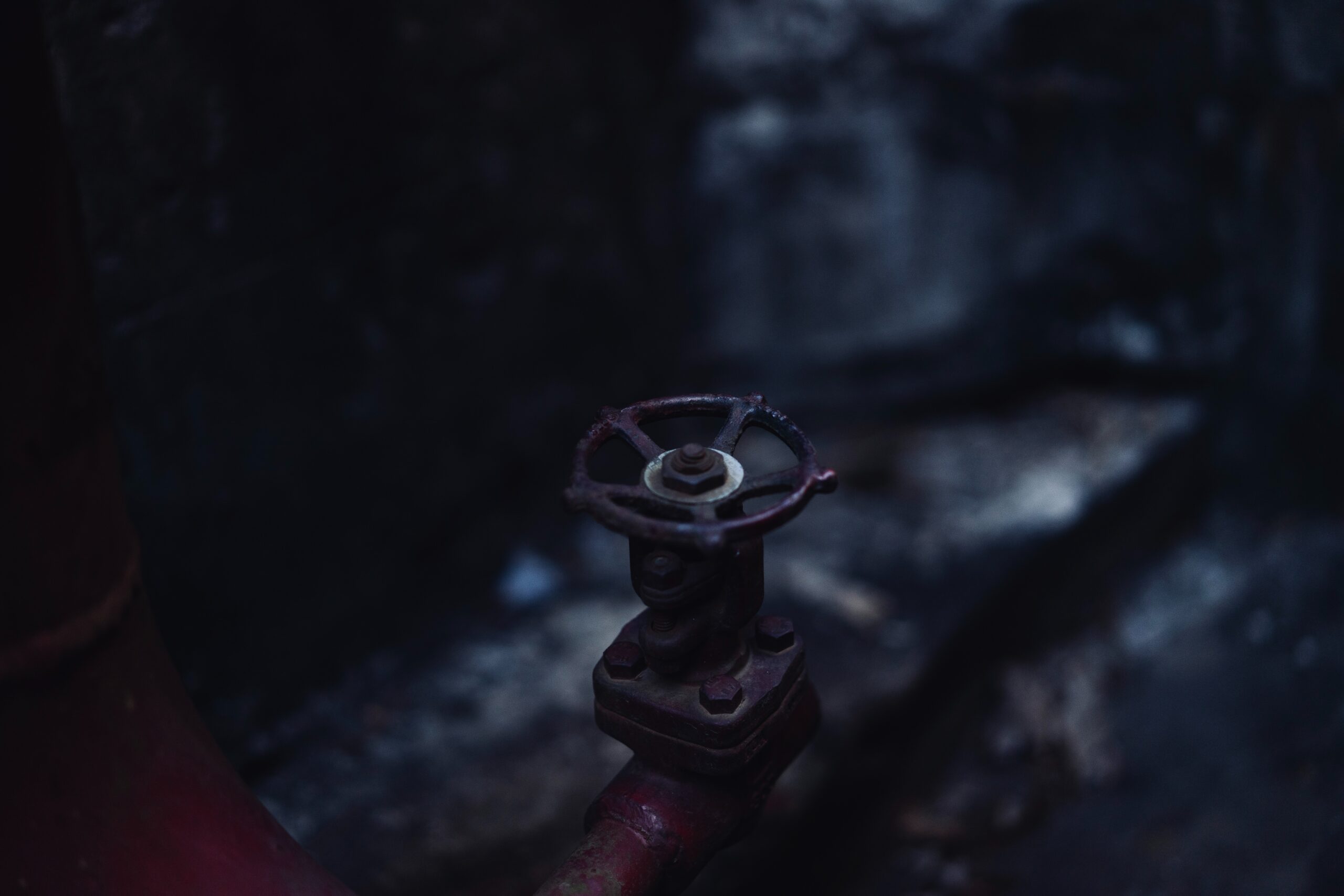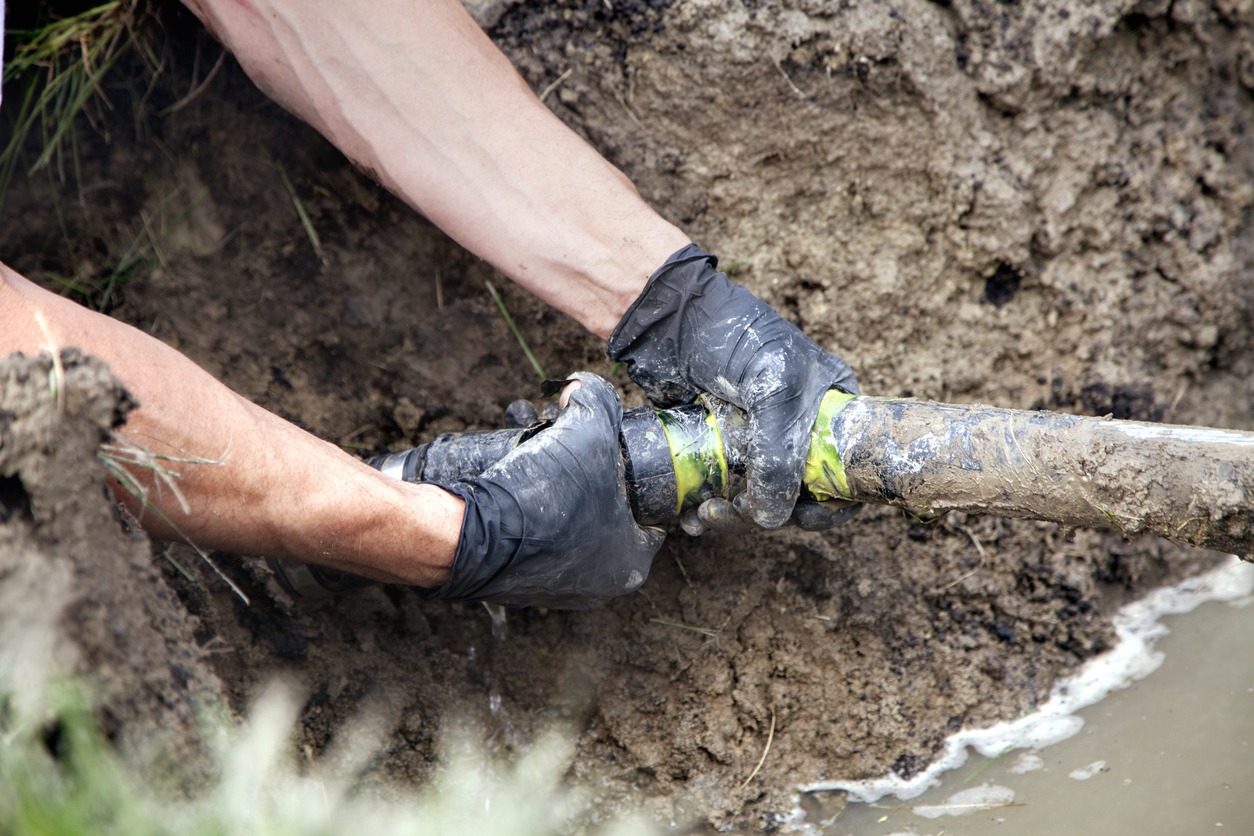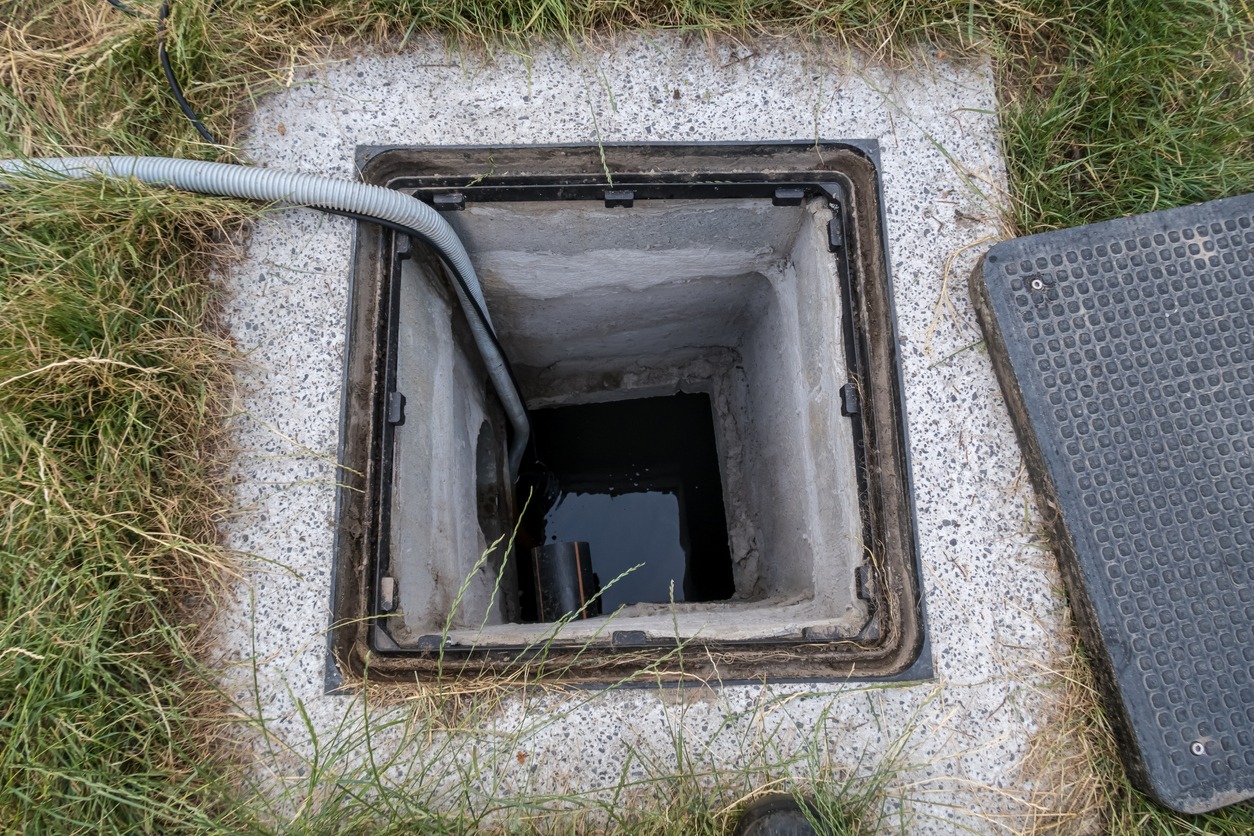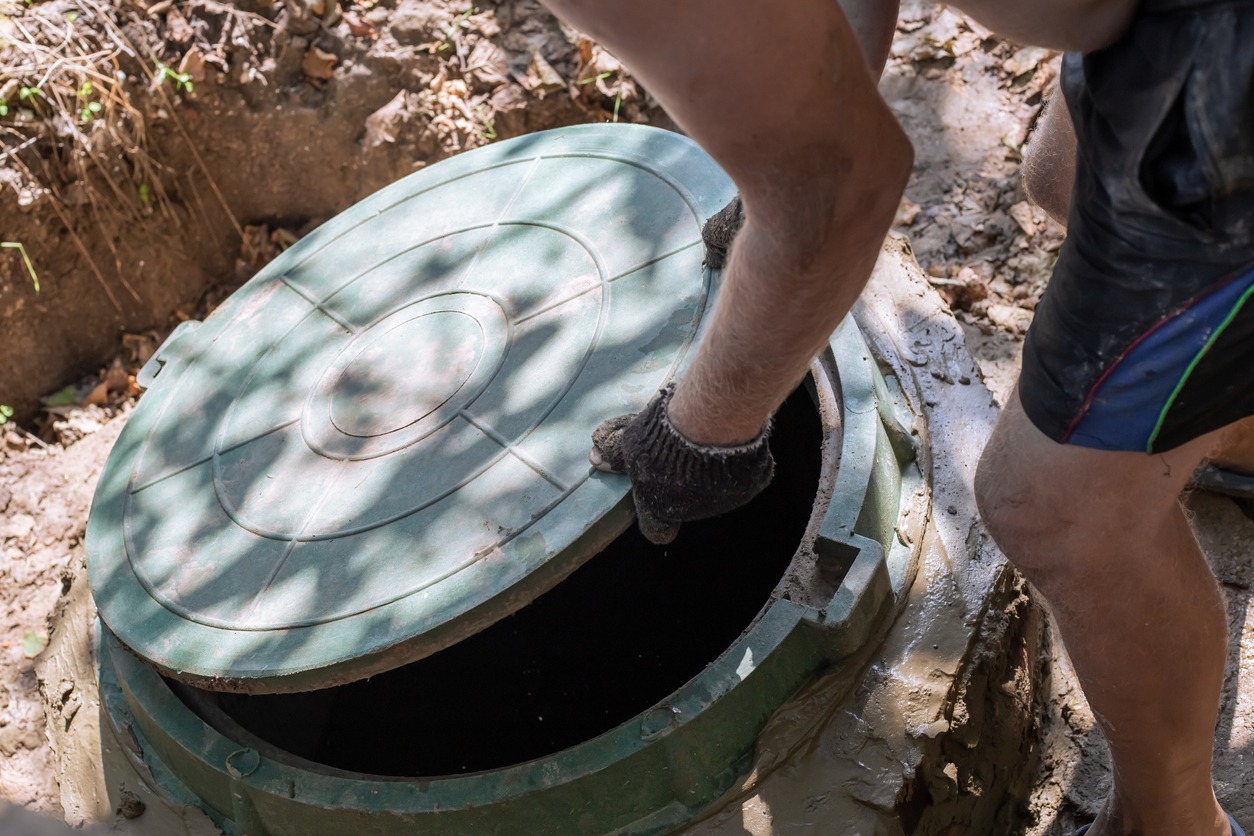Septic systems play a crucial role in waste management, especially in regions with limited availability of municipal sewer lines. The decentralized approach to sewage treatment is commonly observed in rural and suburban areas, providing a feasible alternative to centralized wastewater treatment facilities. This article provides an overview of septic systems, encompassing installation, maintenance, off-grid alternatives, and pertinent legal considerations.
Basics of Septic Systems
Individual sewage treatment systems, also known as septic systems, are like miniature wastewater treatment facilities that are located on individual properties. They are made up of three primary components, and these are the septic tank, the drain field, and the soil that lies beneath the drain field. The wastewater from a household is directed into the septic tank, where solid waste falls to the bottom and liquid waste, such as oil and grease, floats to the top. The water that is relatively clear in the middle is called effluent, and it is released into the drain field so that the water can be further treated by the microorganisms in the soil.
When it comes to the upkeep of a septic system that is both effective and dependable, having a thorough understanding of the function played by each component is necessary. For these systems to last as long as possible and continue to be effective, it is essential to perform routine inspections and pump-outs, as well as to practice water conservation.
Installation and Maintenance
The successful operation of a septic system is directly correlated to how well the system was installed. To determine the optimal location and design, a careful analysis of a variety of factors, including the depth of the water table, the type of soil, and the size of the property, is required. To ensure that all of the rules and regulations of the area are followed, it is important to hire a qualified professional.
Maintaining a septic system regularly is essential to ensuring its optimal performance. Regular inspections, which should take place anywhere between once every three years, are necessary to detect and address any potential problems before they become more serious. The accumulation of solid waste in the septic tank must be removed at regular intervals using pump-outs, which must be performed every three to five years on average. The longevity of the system can also be increased by employing water conservation strategies, such as reducing the number of loads of laundry that are washed at once or shortening the length of showers.
Off-Grid Septic Solutions
Living off the grid requires finding creative solutions to the problem of waste management. Off-grid environments require septic systems that are designed with energy efficiency, minimal water consumption, and sustainable waste treatment as primary considerations during the design process. Conventional septic systems have some environmentally preferable alternatives, such as composting toilets and alternative treatment systems, which are made possible by recent technological advancements. These are the kinds of solutions that make it possible for people and communities to embrace self-sufficiency without sacrificing the purity of the environment.
Legal Considerations
To stay out of regulatory hot water, it is essential to have a solid understanding of the legal terrain surrounding septic systems. Different aspects of the installation and maintenance of septic systems are governed by various local ordinances, zoning restrictions, and environmental regulations. By hiring a certified septic professional who is also knowledgeable of the local codes, you can ensure compliance and improve your chances of obtaining the necessary permits. To fully comprehend one’s legal obligations, it is necessary to conduct routine inspections and adhere to the most effective procedures for the disposal of waste to protect both public health and the environment.
In areas that are not connected to municipal sewer lines, waste management requires the installation of septic systems as an essential component. Property owners can take advantage of wastewater treatment options that are dependable and effective while also making a positive contribution to the preservation of the natural environment if they have an understanding of the fundamental components of septic systems, give proper installation and maintenance top priority, investigate off-grid solutions, and respect legal considerations. Keep in mind that a well-maintained septic system is an investment not only in personal convenience but also in the stewardship of the environment.
DIY Waste Management Solutions
Being able to live off the grid requires a person to be resourceful and inventive, especially when it comes to the management of waste. In this section, we will discuss do-it-yourself (DIY) solutions for off-grid sanitation, such as how to build your composting toilet, implement greywater systems, construct homemade septic systems, and take essential safety precautions. These solutions include building your composting toilet, implementing greywater systems, and building homemade septic systems.
Building Your Own Composting Toilet
In particularly remote or off-grid areas, a composting toilet is an environmentally friendly and cost-effective alternative to conventional flush toilets. It does this by employing the process of aerobic decomposition, which transforms human waste into compost that is rich in nutrients. To make your own, you will need to begin with a container that is sturdy and, ideally, has separate compartments for the disposal of solid waste and liquid waste. To facilitate aerobic decomposition and maintain odor control, a ventilation system is necessary. Each deposit ought to be covered with a layer of organic material such as sawdust or coir made from coconut. In the course of routine upkeep, the composting chamber will need to be emptied and refilled with organic material regularly. Not only do composting toilets cut down on water usage, but they also produce high-quality compost that can be used in gardening.
DIY Greywater Systems
The water that is used for activities around the house such as washing dishes, taking showers, and doing laundry can be repurposed by greywater systems for additional uses such as irrigation or flushing toilets. To create a greywater system on your own, you will need to redirect wastewater from certain sources, filter it, and then use it for applications that do not require potable water. To begin, the removal of debris and particles requires the installation of a straightforward filtration system. One option for controlling the flow and preventing backflow is the use of a surge tank. Choose the most appropriate methods of irrigation for your needs and the space you have available. To protect the health of plants and soil, it is essential to make use of soaps and detergents that are biodegradable and kind to the environment. Maintenance regularly includes cleaning at regular intervals and checking for obstructions.
Homemade Septic Systems
The construction of a homemade septic system is an option that should be considered in locations that do not have access to municipal sewage systems. Developing a system that is capable of performing the primary functions of a conventional septic tank and drain field is required for this step. To get started, dig a hole for the septic tank and surround it with concrete rings or a container that won’t let water in. The tank ought to have separate compartments for settling and aerobic and anaerobic digestion respectively. Develop a system for the distribution of effluent that will enable the infiltration of treated wastewater into the ground. To stop the contamination of groundwater, you need to make sure the insulation and sealing are done correctly. The system must undergo routine maintenance, pump-outs, and inspections to function properly.
Safety Precautions
When implementing do-it-yourself solutions for waste management, safety is of the utmost importance. Be sure to adhere to all of the safety guidelines when constructing composting toilets, greywater systems, and homemade septic systems, as well as when performing maintenance on these systems. Make sure you are using the appropriate safety gear, such as gloves, masks, and eye protection. When working in confined spaces, ensure that there is sufficient ventilation. When working with waste materials, use caution, and make sure to disinfect any tools and equipment after each use. In addition, be aware of the local regulations and guidelines to ensure that you are complying with the standards for both the environment and your health.
Living off the grid can be made more sustainable and convenient with the help of do-it-yourself waste management solutions. Individuals can foster self-sufficiency while minimizing their impact on the environment if they construct composting toilets, implement greywater systems, design homemade septic systems, and prioritize safety precautions. It is important to keep in mind that resourceful waste management is not only an essential step toward a more sustainable future but also a demonstration of one’s resourcefulness.
Frequently Asked Questions
Finding your way around the world of off-grid sanitation can often leave you with a lot of unanswered questions. In this section, we’ll address some of the most common questions, covering topics such as safety concerns, cost implications, and helpful hints for odor and pest control management.
Is Off-Grid Sanitation Safe?
Those who are interested in finding off-grid sanitation solutions should give the utmost importance to safety. Sanitation systems that are independent of the grid can be risk-free and environmentally friendly when properly installed. Composting toilets, greywater systems, and homemade septic solutions pose minimal risks to human health when they are designed, installed, and maintained correctly. Nevertheless, it is necessary to adhere to the recommended guidelines, which include performing routine maintenance, correctly managing waste, and complying with any applicable local regulations. In addition, making sure there is adequate ventilation and following good hygiene practices can further enhance safety.
What are the Costs Involved?
The costs associated with off-grid sanitation can vary greatly depending on a variety of factors including location, the type of system used, and the materials that are utilized. For example, constructing a composting toilet can be accomplished for a reasonable cost, particularly if recycled materials are utilized in the process. Greywater systems may call for a reasonable preliminary investment for components such as filters and piping. There is a possibility that the initial costs for the materials and equipment needed for homemade septic systems will be higher. However, it is essential to keep in mind the potential for long-term cost reductions in water consumption as well as environmental advantages. A person can improve their ability to make decisions based on their unique circumstances by conducting in-depth research and consulting with knowledgeable individuals in their community.
How to Deal with Odor and Pests?
One of the most important aspects of off-grid sanitation is odor control and pest management. If they are properly maintained, composting toilets should not produce much of an odor. It is possible to eliminate the possibility of odors by regularly adding a layer of organic material and ensuring that there is adequate ventilation. To avoid stagnation and unpleasant odors, greywater systems should be cleaned and maintained regularly. Sealing and insulating homemade septic systems effectively can be an effective way to control odors.
It is essential to engage in pest control through the use of preventative measures. To prevent insects from entering composting toilets, it is important to use a cover material such as sawdust or leaves and to make sure the container of the toilet is properly sealed. Systems that use greywater ought to have filters that are capable of removing debris and insects before the water is used. Insects and rodents should not be able to get into homemade septic systems because they should be properly sealed. In addition to this, making sure the area around the sanitation systems is kept clean and organized is another way to discourage pests.
Those who live in remote or self-sufficient environments have access to a viable and sustainable sanitation solution in the form of off-grid sanitation. Individuals can create effective waste management systems that support a sustainable way of life if they gain an understanding of the safety considerations, evaluate the costs, and implement strategies to manage odor and pests. Remember that off-grid sanitation can be a safe, cost-effective, and environmentally friendly choice for those who are seeking self-sufficiency, provided that proper planning and maintenance are performed regularly.
Conclusion
This guide offers an in-depth examination of the various septic systems that are suitable for use in off-grid sanitation. It provides individuals with the knowledge necessary to make informed decisions about waste management in remote or self-sufficient environments by delving into the fundamentals, installation and maintenance, off-grid solutions, and legal considerations.
Moreover, it enables individuals to take care of their own waste management needs. In addition, the investigation of do-it-yourself solutions for waste management provides viable alternatives for individuals looking to live off the grid sustainably. This guide is an invaluable resource for anyone looking to implement efficient and responsible waste management practices in off-grid settings.
With a focus on safety, cost-effectiveness, and environmental consciousness, this guide serves as a valuable resource for anyone looking to do so. Remember that a well-maintained septic system is not only a sign of resourcefulness but also an essential step towards a more sustainable and self-sufficient future.



